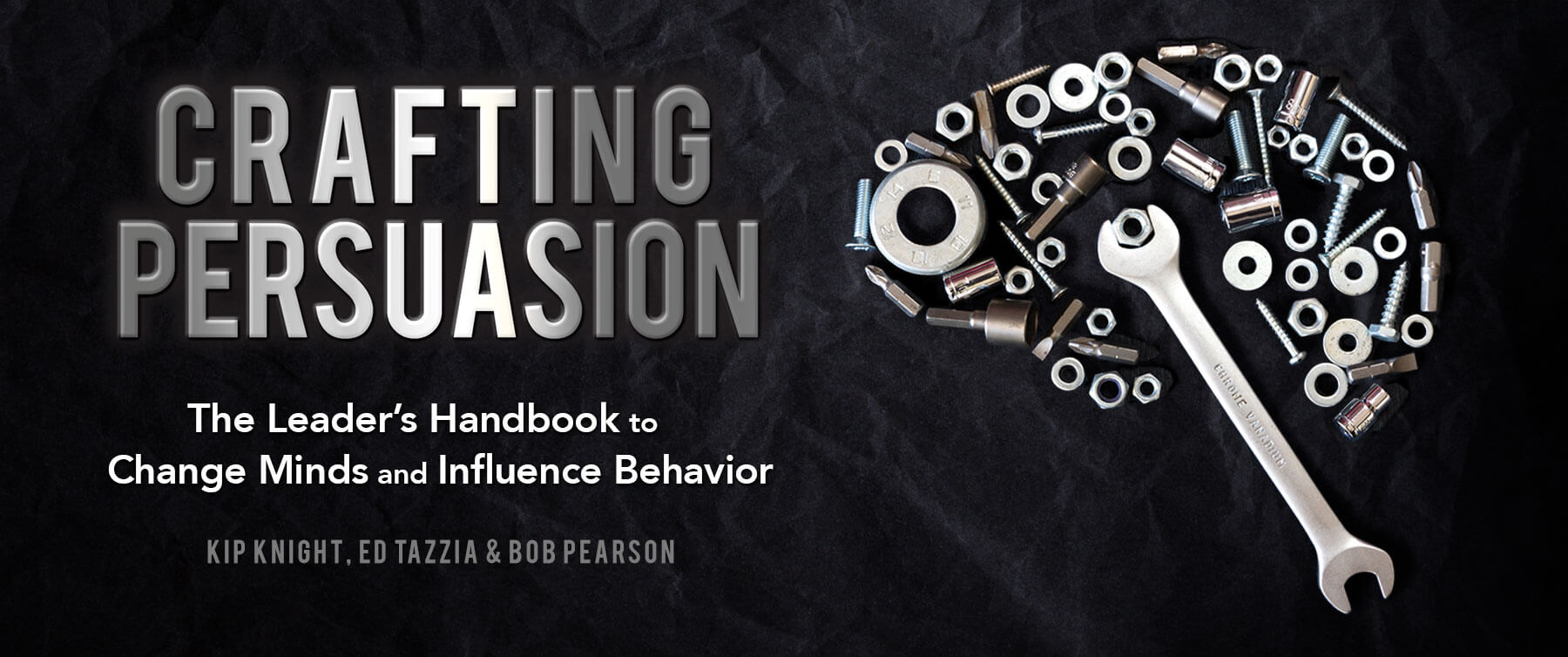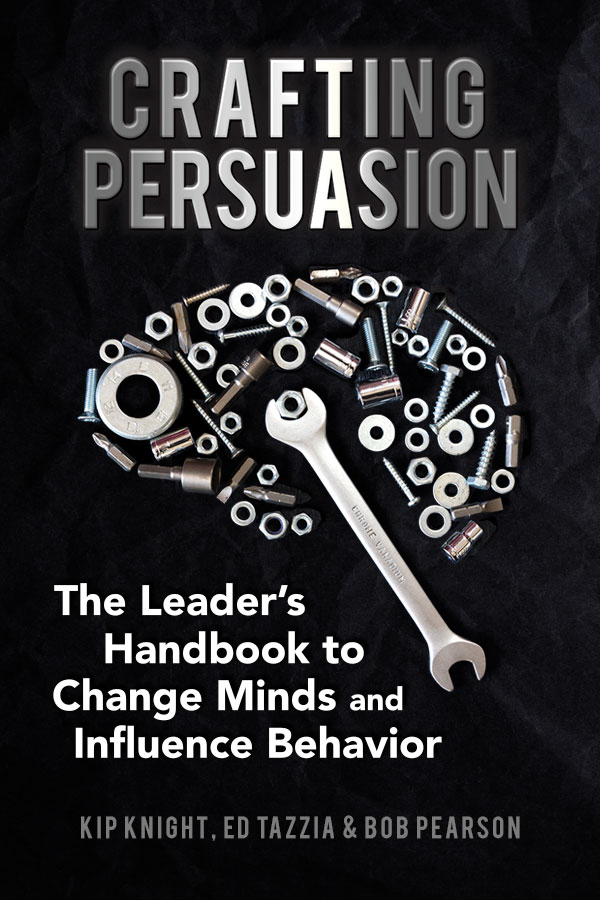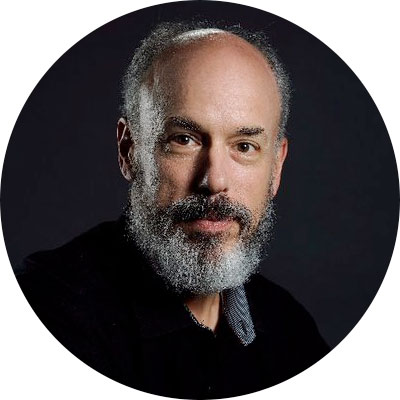

OVERVIEW
This book is for those individuals whose jobs and organizations require them to communicate and persuade, but have never had formal training for either. We have met scores of them in government, non-governmental organizations (NGOs), non-profits, large corporations and all manner of startups.
Many of them must explain and defend U.S. foreign policy to people and nations around the world – dedicated individuals who try to convince large numbers of human beings to change their attitudes about and behaviors toward their fellow man. Many work to persuade people, corporations and foundations to support a truly important cause. And others, such as the masters of technology, engineering or science, must explain the value their invention to investors or consumers so their ideas don’t wither away.
If any small piece of that descriptions fits your situation, this book will provide a pragmatic template and practical process to help you navigate the critical communications challenges you face each day.
We created the ABCDE Model to serve as useful handbook for effectively communicating with and persuading a wide range of audiences. Many business leaders have learned the rules of finance, studied the standards of accounting, and refined their ability to craft a strategic plan, but few of them ever receive training in the art and science of persuasive communication.
So, we wrote this book after teaching and mentoring thousands of leaders who worked for government agencies and companies of all shapes and sizes. While we initially designed it for one of our most important clients, the U.S. State Department, we gradually expanded the ABCDE Model to other organizations over the past decade.
It’s not easy to change people’s attitudes about any topic, whether about soap or human rights. It’s even harder to change their behavior. Fostering those sorts of changes doesn’t happen overnight, and it takes discipline, a clarity of approach, and a model that works in any situation anywhere in the world.
Take heart, though. We feel your pain. Every person reading this book has causes important to them and their organizations. We all know how frustrating it can be for smart, accomplished individuals to watch as powerful ideas fall flat. And these days, the rise of questionable news sources and a decline of clear, objective thinking make success even more difficult. That is why we developed ABCDE as a foundational model – to help everyone approach communication and the art of persuasion with a dose of discipline, and thus make a difference in how we ultimately reach our audiences.
The three of us have been fortunate to work with leading global companies throughout our careers, including Procter & Gamble, IBM, eBay, PepsiCo, Dell and Novartis. The learnings from our careers, combined with the intellect of our fellow professors and students, has led to this model.
Think of this book as a reference throughout your career and life. It’s not a one-time read, but a way to plan, check and revise your approach so you optimize the value of what you do throughout your life and career. Internalize it and make it real. Your audience will thank you for it.
THE BOOK
Chapter 1
The Foundation of Communication Strategy – What's Your Model?
Explains why you need a communication strategy before undertaking any communication.
Leadership Insight: Strategy Before Execution, by Norm Levy
Chapter 2
Simple as A, B, C
Overview of how the ABCDE Model works (as well as why it works)
Leadership Insight: Don’t Underestimate the Power of the ABCDE Model, by Dave Wallinga
Chapter 3
'A' Is for Audience
"Deep dive" on the various ways and means to really understand your target audience
Leadership Insight: The Three Most Important Things to Remember About Consumer Research, by Dr. Jim Nyce
Chapter 4
‘B’ Is for Behavioral Objective
How to develop a behavioral objective that accurately reflects what "success" will be for a specific communication campaign
Leadership Insight: Best Advice? Put Emotions and Feelings First, by Dr. Victoria Romero
Chapter 5
‘C’ Is for Content
Covers how the combination of a Benefit, Reason To Believe and Tone/Character can create a powerful content strategy
Leadership Insight: Focus on the Key Message, by Kimberly Doebereiner
Chapter 6
‘D’ Is for Delivery
Fundamentals on what goes into creating a powerful creative message as well as the best way to deliver it to your target audience
Leadership Insight: How to Get Great Work from Your Creatives, by Elana Gold
Chapter 7
‘E’ Is for Evaluation
Covers various metrics and ways to measure the effectiveness of a communication campaign
Leadership Insight: The Three Fundamentals for Measuring Performance, by Chuck Hemann
Chapter 8
The Power of Persuasion
Key considerations and concepts to understanding what makes some messages much more powerful than others
Leadership Insight: How to Persuade a Tough Audience, by Mike Linton
Chapter 9
Connecting with Youth
In-depth explanation on why it is much more challenging in delivering an effective message to a young audience (and what to do about it)
Leadership Insight: Five Core Truths About Innovation, by Doug Hall
Chapter 10
Digital Marketing
Primer on the fundamentals of what you need to know about the ever-changing world of digital marketing
Leadership Insight: Social Media – The Opportunities and Challenges Ahead, by Gary Briggs
Chapter 11
Issues Management
Primer on what t to know before "it hits the fan" and what to do when it eventually does
Leadership Insight: How Diplomats Persuade Hostile Audiences, by Teeta Manson
Chapter 12
Case Studies—From Startups to Fortune 500 Companies
Real world examples of how to use the ABCDE Communication Model to develop and evaluate communication campaigns
Leadership Insight: Three Keys to Effective Marketing Across Culture, Country, and Time, by Rob Malcolm
Chapter 13
Non-Business Case Studies
Examples of the ABCDE Communication Model for non-profits and NGOs
Leadership Insight: How to Create Loyalty Among Non-Loyal Audiences, by Kelly Hlavinka
Chapter 14
Heads Up—Common Pitfalls to Avoid
Mistakes you are likely to make in developing your communication strategy (and what to do about it)
Leadership Insight: How to Guard Against Someone Hijacking Your Message, by Klon Kitchen
Chapter 15
The Road Ahead
What will remain constant and what will likely change in communication strategies in the future
THE AUTHORS

Kip Knight
Kip is an Operating Partner at Thomvest Ventures based in San Francisco and is also Founder of CMO Coaches. This is his first book. Kip has served in a variety of marketing and senior management roles at Procter & Gamble, PepsiCo, YUM Brands, eBay, and H&R Block. His work has enabled him to work in over 60 countries around the world. He currently serves on two boards (NetBase and 5.11 Tactical). Kip splits his time between Orange County and the Bay Area in California with his wife, Peggy. They have two sons, Tom and Chris.

Ed Tazzia
Ed is a principal at Sycamore and Company, a management consulting firm which specializes in executive search, innovation mentoring and executive training. He started his career at Procter & Gamble and serves as global Chairman of the 36,000 member P&G Alumni Network. His experience ranges from the North American Soccer League, to Campbell’s Soup’s Vlasic Division, to IBM. His first book was Starting Over, a guide to a job search. Ed lives in Michigan with his wife Julie and they have two daughters, Gennie and Samantha.

Bob Pearson
Bob has helped build two major consulting firms, GCI Health and W2O Group, and has served as head of global communications for Novartis, Dell and Sanofi (Rhone-Poulenc Rorer). He created the Fortune 500’s first global social media function at Dell. An author of four books, Bob is adjunct professor at The University of Texas at Austin McCombs School for Business, Syracuse University and is a Visiting Scholar at The University of Southern California. Bob resides in Austin, Texas with his wife, Donna.













